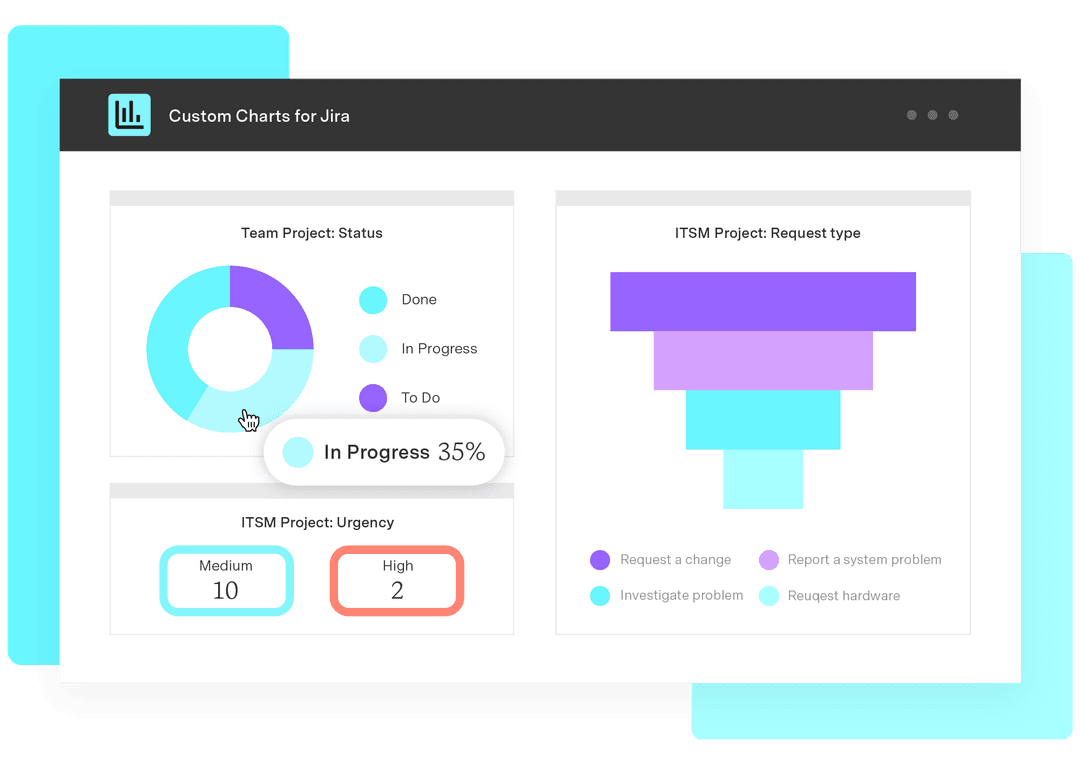ReleaseTEAM speeds DevOps adoption among regulated organizations
Tempo Team
ReleaseTEAM Inc specializes in bringing IT operations and software development teams together. This case study explores how they’re doing it.
The DevOps ideal
DevOps is an ideal that many organizations haven’t quite achieved. IT operations and software development are two similar but traditionally siloed departments, yet their goal is the same: deliver software that works, faster. Ultimately, DevOps is about enabling a team to write software that perfectly meets user requirements, deploys without wasted time, and runs optimally on the first go. It’s also about bridging the cultural gap between developers’ desire for continuous change and IT operations’ demand for infrastructural stability and reliability. DevOps adoption requires a combination of technological and cultural change.
In the regulated sector in particular, there are organizations using legacy tech, constrained by red tape that makes implementing replacements a slower process – things that get in the way of a full DevOps adoption. Some of these organizations think they’re DevOps-mature simply because they’re not doing waterfall project management anymore. Others have a DevOps team, but in practice everyone’s still segmented, and sometimes there are other teams still doing waterfall and/or agile that should be part of the DevOps team but aren’t.
And this is where ReleaseTEAM comes in: to offer a reality check and help organizations become better at DevOps and, by extension, better at delivering and supporting software.
An objective, vendor-agnostic approach
ReleaseTEAM is a Denver-based DevOps consulting firm that works with public and private organizations to adapt and mature their software development lifecycle methodology. Much of their work has been with government organizations, where there are more challenges to adopting new technologies. They start by assigning a dedicated consultant to undertake a full evaluation of a new client’s environment. These consultants make such an impact that they often work with the client long-term, helping them integrate teams, technology, and practices designed to achieve a DevOps nirvana.
Although ReleaseTEAM is an Atlassian Gold Solution Partner and Atlassian Government Partner, they also partner with other competing vendors, which allows them to be objective.
“We take a vendor-agnostic approach to each client,” says Katherine Rocha, Partner Relations Specialist for ReleaseTEAM. “That means we assess their environment and suggest products that are the best fit to achieve their goals, even if it’s open source. It just so happens that many of our clients have already researched Atlassian and are curious about them. What’s more, the Atlassian product family has tools designed to cover every stage of the development lifecycle, which is why we see the most traction with Jira Software, Bitbucket, and Jira Service Management.”
Custom Charts a “best practice in itself”
There’s a happy symmetry between the DevOps ethos of building a cross-cultural environment that bridges the gap between IT operations and development and the philosophy underpinning Atlassian. Atlassian declared just this year that Jira is now for “all teams”, which means it’s designed to improve collaboration beyond dev and IT and across the entire enterprise. In effect, it’s already more than capable of facilitating a dev and IT union, likely the reason it’s become a go-to for ReleaseTEAM clients seeking DevOps maturity.
Part of that is down to the Atlassian Marketplace, which is why ReleaseTEAM has partnered with Marketplace vendors like us. They want apps that help organizations implement DevOps best practices such as continuous monitoring of release quality through reports and dashboards. And we know a thing or two about those.
“One of the big reasons we partnered with Tempo is Custom Charts for Jira and Confluence,” says Heather Morgan, Sales and Partner Director for ReleaseTEAM. “We help organizations implement best practices in the DevOps space, and Custom Charts has become a best practice in itself. The fact that it’s super easy for anyone to make charts, tables, and reports that deliver the exact information that they want helps bridge the gap between teams and the personnel within those teams. Everyone can use this tool, so everyone does.”
Equally, External Share for Jira and Confluence enables collaboration between those on your Atlassian instance and those outside it. “You can share live Jira issues and Confluence pages securely, without the hassle of setting up a user account for them,” says Heather. “In a DevOps context, this is useful because it means that developers and IT operations administrators can collaborate on issues even if they’re on different instances. When required, they can also get help from external contractors who may not be on Jira or Confluence at all.”
We expect to be working even more closely with ReleaseTEAM in the coming months as more and more organizations look at migrating to the cloud. For many, cloud migration will coincide with an overhaul of their DevOps practices and the implementation of future-proof apps to optimize software development in their new environment.


